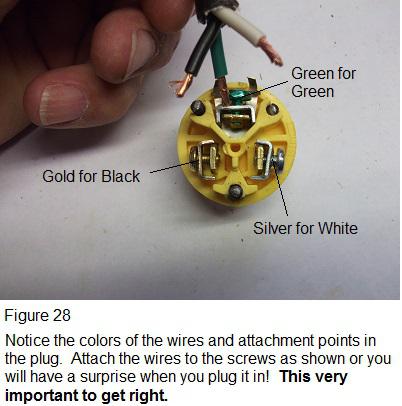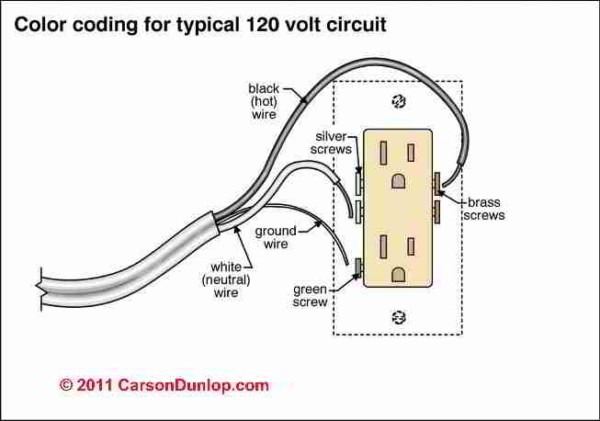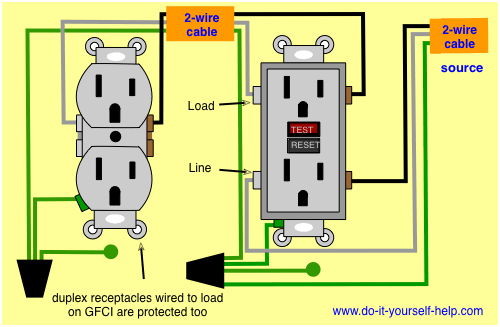
How many volts are in a residential power line? This is used for providing power to large machinery and equipment, such as what you will find in factory and industrial environments. Three phase power is for heavy electrical loads. Single phase power supplies are for low electricity requirements and are used to power small devices and appliances. This is in contrast to a three-phase supply.

In most residential homes, a 230v power supply is a single phase power supply. Some 220v appliances have three wires instead of four. While you can plug a 230v appliance into a 220v outlet, plugging the same 230v appliance into a 110v outlet can cause catastrophic damage to the appliance. However, this does not mean that huge voltage differences between a plug and an appliance are also acceptable. This means you can plug a 230v appliance into a 220v outlet without worrying that you are creating a potential problem. In North America, 220v, 230v, and 240v are all compatible with each other. These three wires each serve an essential function and all are needed. 220 and 230 Volt Wiring FAQ How many wires for 230 volt?Ī 230 volt, 230v, power supply has three wires going from the meter to the power supply. That is why most of today’s dryers and oven ranges come equipped with a 4-prong plug.
#115 volt plug wiring diagram cokors code
The National Electrical Code (NEC) now requires that this type of wiring be used predominantly in residential home construction. In a 12/3,10/3, and 8/3 cable, the two colored wires (can be black, red, or blue insulation) are always hot and the one white wire is always neutral, with the green or copper ground wire not counted in the coding of the cable.Īny 240 volts circuit will be protected through a two-pole breaker, which is essentially two breakers positioned side-by-side in a larger casing with the arms of both mechanically tied together so that if one is tripped, both sides of the line go off. In 12/2, 10/2, and 8/2 cables, both wires are hot and carrying 240 volts between them with the white neutral line absent. A 240 volts hookup is usually provided through a two-wire cable such as 12/2, 10/2, or 8/2 or three-wire cable such as 12/3, 10/3, or 8/3, the last digit being the number of wires in the cable excluding the ground wire. A lot of high wattage appliances, however, will require 240 volts hookup to operate at a lower power consumption rate. Most of today’s common appliances and fixtures operate off 120-volt wiring. On the other hand, if a hot water heater is being hooked-up, a two-wire cable with two hotlines will be required, without a neutral wire. If the appliance is a stove and requires 120 volts to operate a clock, certain controls, and control board along with 240 volts to run the elements, a three-wire cable will be needed to hook it up with two hot wires and a neutral which will provide the 120 volts across either one of the hotline.

There are two ways to wire up an appliance on 240 volts, depending on the appliance’s needs.

#115 volt plug wiring diagram cokors portable
This allows half the amount of amperage to power a 1500 Watts heater, for instance, as opposed to running a 1500 Watts portable heater plugged into a 120 volts outlet since the current used (in amps) is calculated by dividing the Wattage (1500 in each case) by the voltage which is 240 in the first and 120 in the second case. If it was measured across the two power (hot) lines, it would be at 240 volts.

With the neutral as common to both, if a multimeter was used to measure across the neutral line and any one of the two colored power (hot) lines, the reading would be 120 volts. Each 120-volt line runs 180 degrees out of phase with the other. The 240 volts feeding the main electric panel runs on two different wires each carrying 120 volts with respect to a third wire called the neutral and common to both.


 0 kommentar(er)
0 kommentar(er)
